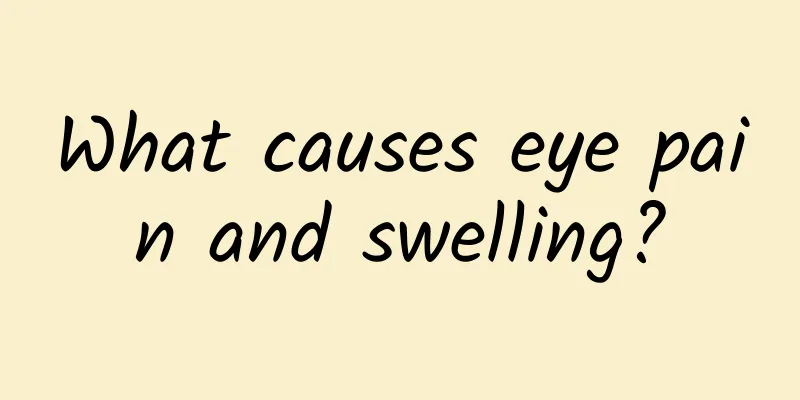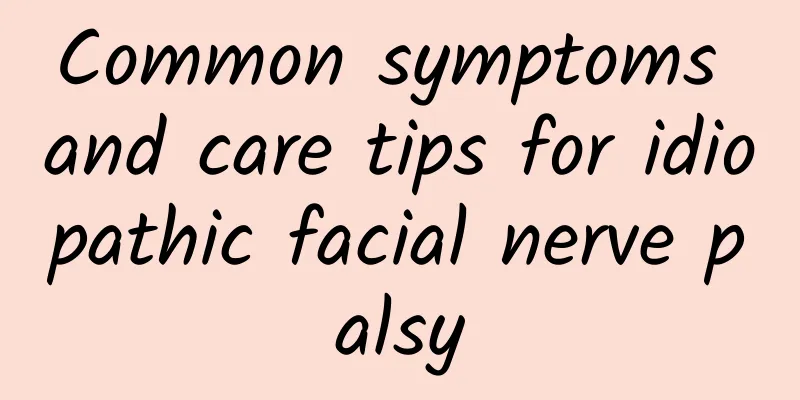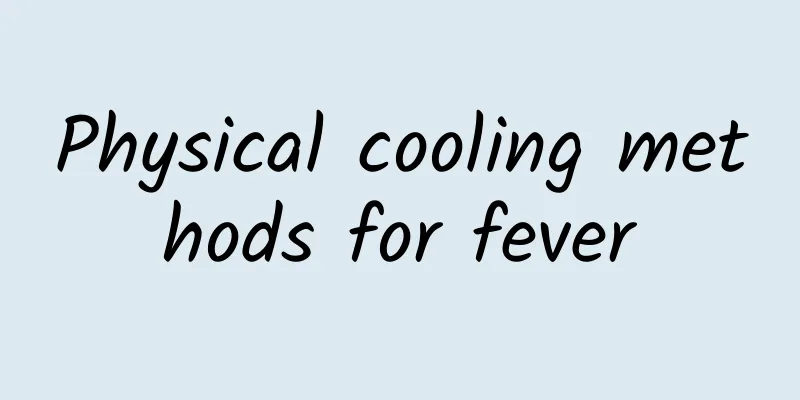Is lumbar traction better or acupuncture better?

|
The lumbar vertebrae play a connecting role in our skeletal structure and can be said to be in a balanced stage. Among our population, especially the middle-aged and elderly people, there are many people with lumbar spine problems, including lumbar muscle strain, lumbar disc herniation, lumbar pain, etc. The effect of the same treatment can be said to be minimal. So, in order to relieve our body from pain, how should the lumbar spine be treated? Is it better to do traction or just needles? Let’s make a comparison today. 1. Which is better, acupuncture or traction? The purpose of lumbar traction is to relieve muscle spasms and improve the compression of the intervertebral disc on surrounding tissues; acupuncture treatment is to improve the excitement of nerves by acupuncture related points to achieve the purpose of relieving pain. In clinical practice, the choice of lumbar traction and acupuncture treatment should be based on the severity of the patient's condition. Generally speaking, if the condition is in remission, there is obvious disc herniation and severe nerve compression symptoms, lumbar traction should be used for treatment; if the condition is in the acute stage, acupuncture should be used to relieve pain, and lumbar traction is prohibited to avoid causing lumbar muscle spasms. 2. The principle and function of traction Lumbar traction is to apply a horizontal force along the axis of the spine to lengthen the lumbar vertebrae, widen the intervertebral spaces, and enlarge the intervertebral recesses. The widening of the intervertebral space is conducive to the retraction of the intervertebral disc, the enlargement of the lateral recess, the widening of the nerve channel, and the avoidance of the nerve roots from being squeezed by the protrusion. Through the above two effects, combined with manual reduction and adhesion release, a series of irritating sensory abnormalities caused by nerve root compression, such as pain, numbness, heaviness, soreness, etc., can be reduced or eliminated, thereby achieving the treatment goal. 3. Adverse reactions and side effects of traction The effect of lumbar traction in treating lumbar disc herniation is unquestionable, but its side effects cannot be ignored. From an anatomical perspective, the spine is lined with sacrospinal muscles on both sides, with interspinous ligaments between the spinous processes and supraspinous ligaments running longitudinally through the spinous processes. In terms of the working principle, the intervertebral space is significantly widened under the action of tension. It is reported that the intervertebral space can be stretched about 3cm on average. At the same time, the ligaments and muscles also need to stretch about 3cm. Long-term traction of the ligaments will inevitably cause relaxation and weakness, which will affect the stability of the lumbar spine. The patient will feel that the lumbar vertebrae are dislocated and cannot bear the weight. When the muscles are stretched, the muscle spindles become longer, which can cause muscle fatigue. The patient will feel soreness, dull pain, and fatigue on both sides of the lumbar spine, which will not disappear for a long time. There are also a few cases of lumbar spondylolisthesis caused by traction. |
<<: Mouth ulcers before menstruation
Recommend
What is Mingliezi?
Chinese herbal medicine is a very common medicine...
Swollen lymph nodes throughout the body
Patients with swollen lymph nodes are relatively ...
What causes facial hook pain?
Facial hook pain is quite common in life. For exa...
Can egg skin cure stomach problems?
Egg shell has a certain effect in treating stomac...
Advantages of non-spermatozoa condoms
Condoms are very familiar to many adults today. M...
Can rickets be cured?
I don’t know if you have ever seen rickets. It is...
Melanoma on the foot
Many people cannot distinguish between melanoma a...
Symptoms of cervical cysts and cervical erosion
Cervical erosion and cervical cyst are two common...
Understand the real reason why cupping causes blisters
Introduction: Weight loss has become a topic of g...
What is the effect of Chinese medicine and acupuncture in treating cerebral palsy in children?
If some parents encounter a disease such as cereb...
Sweating a lot during pregnancy
After pregnancy, a pregnant woman's body meta...
Seasonal urticaria
Speaking of urticaria, I believe that everyone wi...
Wolfberry and Red Date Tea
With the improvement of living standards, more an...
The effect of pepper water on hemorrhoids
Hemorrhoids are a disease mainly caused by patien...
How is moxibustion for weight loss therapy?
Moxibustion is actually a local warm stimulation ...









